What's in a colour?
Can you taste the difference?
Many confectionery items claim to have superior flavour and textures, naturally made from real fruit. The claims can be put to the test. If you are going to pay significantly more for a product it better live up to expectations.
Here we will examine three different confectionery items. We will compare snakes from Woolworths Home Brand, Allen's and Natural.
We will try to answer two questions.
1) Are more expensive brands superior in taste, flavour and texture?
2) Is the flavour of a snake so obvious that we can identify it blindfolded?
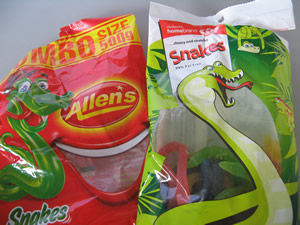
Formulate a hypothesis the activity investigating the link between sight and taste.
Students should be blindfolded when doing these tests.
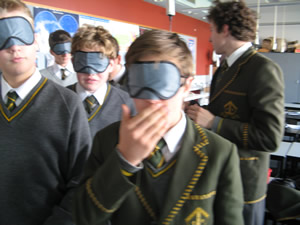
Cut each brand of snakes into small pieces and place them in cups as shown.

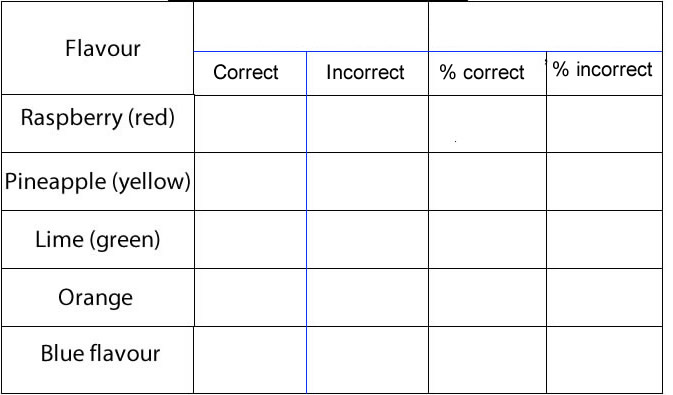
To do this test students should be blindfolded. Students are tested one at a time. They get one try at identifying the flavour and they are not told if they are right or wrong.
The table on the left is filled out as each student attempts the flavour identification test.
Do this for Allen's and Natural.
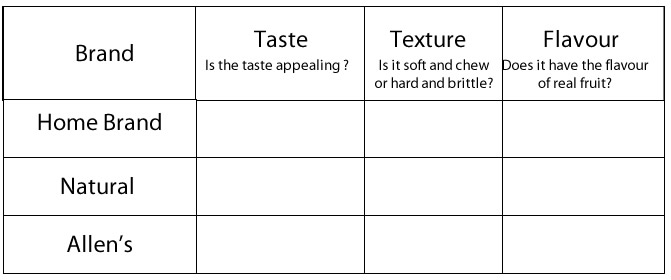
Here the student is, once again, blindfolded. The person conducting the test hands the student a piece of snake and tells them the flavour but not the brand.
The student then gives a value out of 5 for flavour, texture and taste. A 5 is given if the snake tastes exactly like the flavour stated by the tester. A 1 is given if there is no hint of that particular flavour in the snake.
Students can take as many turns as they wish. The more the better.
Each brand should have the same number of tests.
1) Are the flavours easy to identify when blindfolded?
2) Is one brand better than another in having very distinct flavours that can be easily identified?
3) Which flavour is the hardest to identify?
4) Represent your results as percentages in table form?
5) Which brand is best for taste, texture and flavour?
6) Represent the data in a suitable visual form.
7) What other things can be tested? Design a fair test.
8) Identify the dependent and independent variable in each investigation.
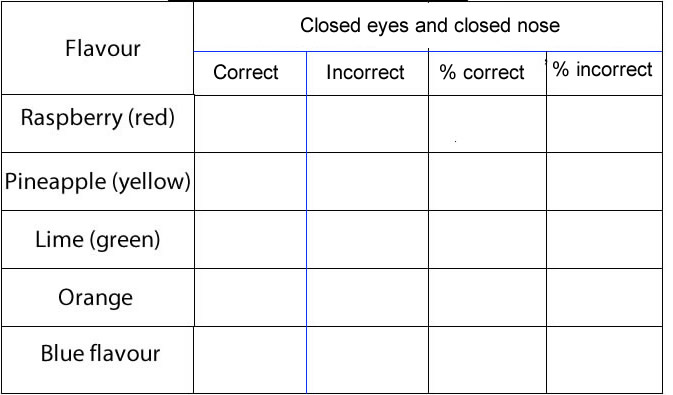
Repeat the experiment, this time change the procedure so that students close their nose while chewing the lollies. See how accurate they can guess the flavour of the lolly they are given.
Without the ability to smell is it easy to guess the flavour of the lolly?
How important is smell and sight in determining the taste of the food you eat? Explain using evidence from your experiment.